macOS
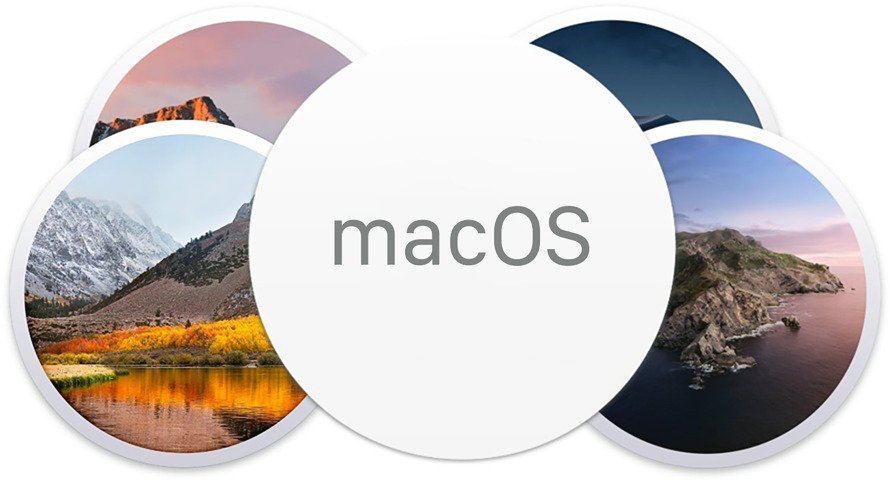
After remaining in the 10th iteration of Mac OS from 2001 to 2020, Apple moved to macOS 11 with Big Sur. Over its lifetime, Apple has made considerable improvements to the performance, security, and functionality of the software, making it one of the most robust and user-friendly operating systems around.
Page last updated:
Get Apple News Directly in Your Inbox
The Mac operating system has gone through nearly 40 years of updates to arrive at where it is today. Since macOS 11 was announced in 2020, Mac software has begun pushing towards more iOS-like paradigms and UI.
With the advent of custom Apple Silicon in Macs, macOS and the hardware it runs on are more tightly integrated than ever. Apple's software and services are tied to the operating system, including the Mac App Store, Apple Music, iCloud, and more. There is also a significant focus on privacy and security throughout.
Since Unix is at the operating system's core, power users will appreciate server tools and the Terminal. However, the surface of macOS is user-friendly and built with accessibility in mind.
macOS Name Changes
macOS started as "Mac OS," which launched in 1984. It underwent multiple major releases until Mac OS 9 was shipped to customers in 1999.
Apple changed its naming policy with the launch of Mac OS X, known colloquially as OS X, in March 2001. After that release, Apple kept the significant version number at 10 for nearly two decades. Instead of changing the major version number, Apple used the following minor number to indicate annual upgrade releases, including version 10.1, 10.2, and 10.3.
In 2016 Apple shifted all of its operating systems into similar naming conventions. The "X" was removed, and Mac OS became macOS to match iOS, tvOS, and watchOS.
The version naming remained the same for four more years but ultimately shifted to a full numerical jump with each release starting in 2020.
macOS Releases
Below is a brief summary of each macOS release going back to 2013. Apple announces the next operating system during WWDC in the spring and releases it to the public in the fall.
macOS 14 Sonoma
In 2023 Apple revealed macOS Sonoma, a smaller update feature-wise but packed with quality-of-life features and UI tweaks. Most of what is new comes from ecosystem-wide updates also included in iOS 17.
The macOS segment during WWDC started with a screensaver update, which was an early indication of the minimal OS release. Users can set video screensavers similar to what is found in tvOS and have them open into still wallpapers.
Widgets have been getting a big focus from Apple, which are now able to be added to the Mac desktop. Users don't need to install apps for some widgets since their nearby iPhone will provide the necessary data.
Other updates include features for video conferencing and a Game Mode. Users can cause full-screen reactions with a hand gesture during a video call, something Apple allows developers to disable by default.
Owners of the Apple Vision Pro can view their Mac display within visionOS via a continuity screen sharing mode. It allows the power of the user's Mac to be fully accessible while still interacting in a spatial computing environment.
macOS 13 Ventura
The 2022 update is called macOS Ventura, and it adds a new windowing system called Stage Manager and changes System Preferences to System Settings. Apple pushed updated collaboration and social features alongside more app and UI tweaks.
Apple introduced the Clock and Weather app to Mac for the first time, and redesigned the System Preferences app to look just like iPadOS Settings. The redesign led to a strange rename, with Apple calling it System Settings.
Since quality webcams have become a necessity in the new reality of remote work and collaboration, Apple introduced a feature called Continuity Camera. Now, the iPhone camera can act as the Mac's webcam and microphone without any configuration necessary.
Stage Manager was introduced as a new way to manipulate windows and manage workspaces on macOS, but it is primarily an iPadOS 16 feature. However, Macs have more control over window sizes and positioning thanks to how Mac apps work.
Other updates include improved collaboration features across iWork apps and Safari. Also, SharePlay is now a feature in iMessage too.
macOS 12 Monterey
Apple announced macOS Monterey during its 2021 WWDC, and new features focused on social communication and privacy. It was released to the public in November 2021.
SharePlay and Universal Control were the headlining features. Apple introduced SharePlay as an apparent reaction to the isolation of the COVID-19 pandemic. Universal Control was meant to bring additional synergy to using multiple Apple devices, but it wasn't shipped with the original release.
SharePlay integrates with FaceTime to enable up to 32 people to view the same media simultaneously. Any app taking advantage of the feature can display time-synced content to everyone on the call and give each caller specific playback controls. Apple Music, Apple TV, TikTok, and Disney+ are just a few apps that utilize SharePlay.
Universal Control was an ambitious feature with a relatively short demo during the WWDC keynote. It showed a user could have multiple Macs and iPads connected so that one mouse and keyboard could travel wirelessly between the displays. In addition, features like drag and drop worked across this connection, making multiple computers running their operating system seem to mesh into one.
Apple shipped Universal Control to customers in March 2022 with macOS 12.3. The shipping version has refined controls for adding iPads and Macs to the system and controlling their position in the display settings.
Other refinements include Quick Note, AirPlay to Mac, and an improved Safari experience with new extensions. The system UI also saw more slight tweaks to bring it closer to iOS.
macOS 11 Big Sur
Apple announced macOS Big Sur at WWDC 2020 and released the new OS in November 2020. The operating system was redesigned with textured icons, colorful sidebars, and more transparent and curvy elements. The design changes make the Mac look much like iPadOS than ever before.
Big Sur also begins to move the Mac away from Intel chips to custom Apple Silicon, including the new M1 chip.
Apple offers several tools to help developers make the transition. All iOS and iPadOS apps can run on Apple Silicon natively, though developers can opt-out of providing them in the Mac App Store. Developers can also easily upgrade their mobile apps to be more Mac-like with Mac Catalyst.
The first Apple Silicon-running Macs, including updated models of the 13-inch MacBook Pro, MacBook Air, and Mac mini, use Rosetta 2 for non-optimized apps. This virtualization software runs Intel apps on M1 Macs at speeds similar to how they'd run on Intel Macs. Rosetta 2 helps both users and developers transition away from Intel.
Apple updated Safari in the new version with more privacy and security protections. Apple has made third-party extensions work with Safari even if they were built for Chrome. Translating web pages is now a built-in function and works entirely on-device.
Messages is now a Mac Catalyst app with feature parity with its iOS counterpart. Users can send message effects and Tapbacks, and tag users in a group chat just like in iOS 14 for iPhone.
macOS 10.15 Catalina
Released on October 7, 2019, macOS 10.15 Catalina introduced significant improvements to app handling.
A major change in Catalina was Apple's decision to end support for 32-bit apps, requiring developers to rework their apps into 64-bit versions to continue functioning properly. Not all developers elected to migrate their apps, forcing some users to choose between abandoning vintage apps or upgrading to Catalina.
Another chief change is the removal of iTunes, in favor of new apps that replace the majority of its functions. New apps for Apple Music, Apple Podcasts, and Apple TV spread iTunes' core functions across apps that correspond to iOS counterparts. Another iTunes feature, iOS device backup duties, is now found in the Finder.
10.15.1 introduced new emoji, support for the AirPods Pro, AMD Navi RDNA graphics cards in eGPU enclosures, alteration to the Photos app, and an option to opt in to Siri reviews.
10.15.2 made refinements to the Apple News, Stocks, Photos, Mail, and other apps, as well as fixes for issues in the Photos and Mail apps.
10.15.3 improved multi-stream video editing performance for HEVC and H.264-encoded video on the 16-inch MacBook Pro, along with Pro Display XDR optimizations.
10.15.4 added improved support for HDR-compatible monitors and added reference modes for the Pro Display XDR.
macOS 10.14 Mojave
Out on September 24, 2018, macOS 10.14 Mojave's main new feature was dark mode, an alternate user interface. Users can switch between dark and light modes, and the theme can also change on a schedule via Dynamic Desktop.
Apple ported several iOS apps to macOS, including a News app, Stocks, Voice Memos, and Home for managing HomeKit. The initiative was part of "Project Marzipan," to enable iOS-developed apps to function in macOS with few changes. This initial quartet of apps demonstrated the concept to users and developers.
On the desktop, Stacks are an organization method for files in the workspace. Stacks piles up similar files into grouped collections automatically. Continuity Camera allows for photographs taken on an iPhone to be transferred instantly into a macOS application.
Day and night mode change your app appearance
10.14.1 consisted of new emoji, security enhancements and bug fixes, along with Group FaceTime.
10.14.2 provided security and bug fixes, a description matched by macOS 10.14.3.
10.14.4 added integration with the just-launched Apple News+ subscription service, in the Apple News app. Support for second-generation AirPods, Safari Autofill for MacBooks with Touch ID hardware, air quality index readings in Maps, and real-time text for phone calls made through a nearby iPhone were among the other changes.
10.14.5 was largely a maintenance update, though included fixes relating to AirPlay 2 support. 10.14.6 continued the security and bug fix theme.
macOS 10.13 High Sierra
Released on September 9, 2017, macOS 10.13 High Sierra included a major change for storage, with macOS switching over to the Apple File System, APFS. Intended to take advantage of the use of Flash and SSD storage, Apple built AFPS with encryption and enhanced security in mind. The company designed it to work with all Apple platforms, including watchOS, iOS, tvOS, and macOS.
The addition of Metal 2 included driver optimizations that brought up to 10 times better draw call throughput for graphics work, more debugging tools, and a migrated Mac Window Server.
Other notable items include the migration of H.264 to H.265/HEVC to better work with 4K and HDR content. It added a faster and more power-efficient Safari. Apple's browser also added increased privacy protection, including Intelligent Tracking Prevention.
High Sierra was the last version to support 32-bit apps "without compromises," with Apple continuing its push to get developers over to making 64-bit apps.
10.13.1 added 70 new emoji, a fix to a Bluetooth bug involving Apple Pay, reliability improvements to Microsoft Exchange message encryption, a Spotlight input fix, and the patching of assorted KRACK wi-fi vulnerabilities.
10.13.2 was largely a maintenance release, improving compatibility for some USB audio devices, VoiceOver navigation while viewing PDFs, and a fix for a Root account generation flaw.
10.13.3 included relatively small updates, including an issue where Messages conversations were temporarily stored out of order.
10.13.4 incorporated a warning to users if they are running 32-bit apps and the launch of official eGPU support.
10.13.5 added support for Messages in iCloud, allowing conversations to be synchronized between multiple Apple devices.
10.13.6 delivered support for AirPlay 2, along with a variety of stability and security improvements.
macOS 10.12 Sierra
Available to end users on September 20, 2016, macOS 10.12 Sierra heralded the introduction of Siri on Mac, bringing Apple's digital assistant to the desktop. Sierra also added a cross-platform clipboard synchronization with iOS and iCloud file synchronization between iOS and macOS.
The update added Picture-in-Picture feature, familiar to iOS users. It also included rich Messages that moved closer to iOS messaging, changes to Photos, Apple Pay for the web, and auto-unlock via Apple Watch.
10.12.1 added iPhone 7 Photos compatibility fixes, Safari security enhancements, and fixes to Microsoft Office and Exchange issues, among other changes.
10.12.2 improved the setup and reliability of Auto Unlock, Touch Bar screenshot support, and a wide variety of fixes and improvements.
10.12.3 improved automatic graphics switching on the 2016 MacBook Pro 15-inch, a fix for PDF corruption, and MacBook Pro battery drain issues in Safari.
10.12.4 added Night Shift, new PDFKit APIs, cricket scores to Siri, and more options for iCloud Analytics.
10.12.5 solved stuttering audio issues for USB headphones, a "media-free" installation of the Windows 10 Creators Update using Boot Camp, and enhancements to the Mac App Store for compatibility with "future software updates."
10.12.6 largely consisted of a maintenance update.
macOS 10.11 El Capitan
Apple's 2015 update focused less on marquee features and more on performance enhancements and subtle refinements. Apple released macOS 10.11 El Capitan on September 30, 2015.
The update added macOS support for Apple's Metal API. Metal is a low-level API that helps developers optimize their apps' 3D graphics. Today, it's still used across iOS, iPadOS, macOS, and tvOS.
It also introduced Apple's San Francisco system font, which it still uses today across its platforms. Apple gave Mission Control, the window and desktop quick-view app, a makeover with a cleaner design.
El Capitan brought new window-management options, including a green button that can move an app either into full-screen or Split View, a side-by-side multitasking feature also available on iPad.
The update enhanced Spotlight search, added Safari pinned sites and a mute button, and a modernized Notes app.
macOS 10.10 Yosemite
Apple gave its desktop software a new look with its 2014 update, OS X Yosemite. Version 10.10 redesigned various elements, including updated toolbars and translucent window elements.
Yosemite added the Today view in Notification center, which showed a customizable series of widgets. The Today view lived in a separate panel from notifications. Apple eventually killed the Today view in Big Sur, which integrated widgets into the same panel as grouped notifications.
The 2014 update also saw the launch of iCloud Drive, the file storage system built into Finder that serves as a rival to Dropbox and Google Drive. iCloud Drive didn't become ubiquitous across Apple's platforms until 2017, when the Files app launched on iOS and iPadOS.
Handoff launched during this software generation, on Yosemite and iOS 7. The feature allows you to pick up immediately where you left off when changing devices. Handoff adds user convenience and ecosystem stickiness, as the perk can encourage users to go all-in on Apple hardware.
Safari in Yosemite added the Favorites view and Tab view, and search-engine support for DuckDuckGo. Mail first supported Markup for filling out forms and annotating PDFs in Yosemite, and Messages gained a new look.
macOS 10.9 Mavericks
Apple released OS X Mavericks on October 22, 2013. The updated added iCloud Keychain, Apple Maps, and iBooks, which is now called Apple Books.
Mavericks also updated Safari, enhanced multi-display support, and added tabs and tags to Finder.
The update also included performance-enhancing and battery-boosting updates under the hood.
Apple continues to update macOS each year with new features that bring tighter ecosystem integration across Mac, iPhone, iPad, and its other devices.
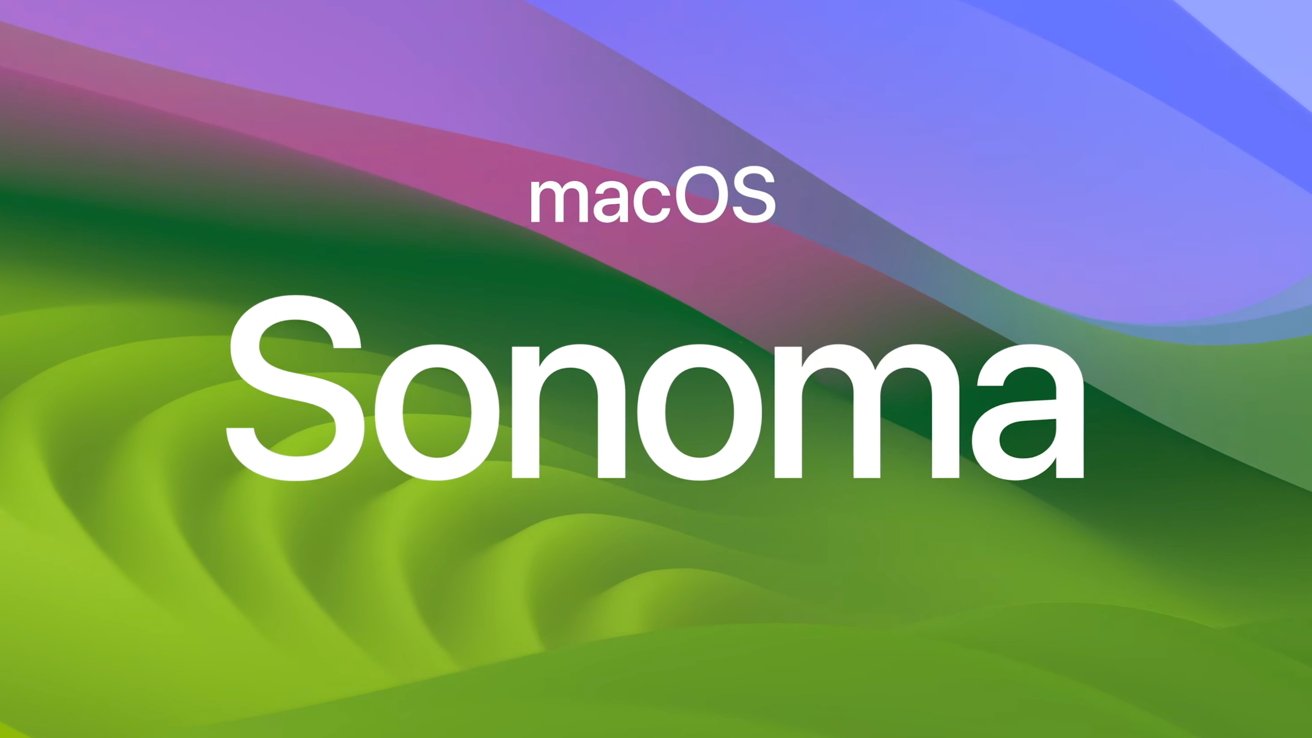


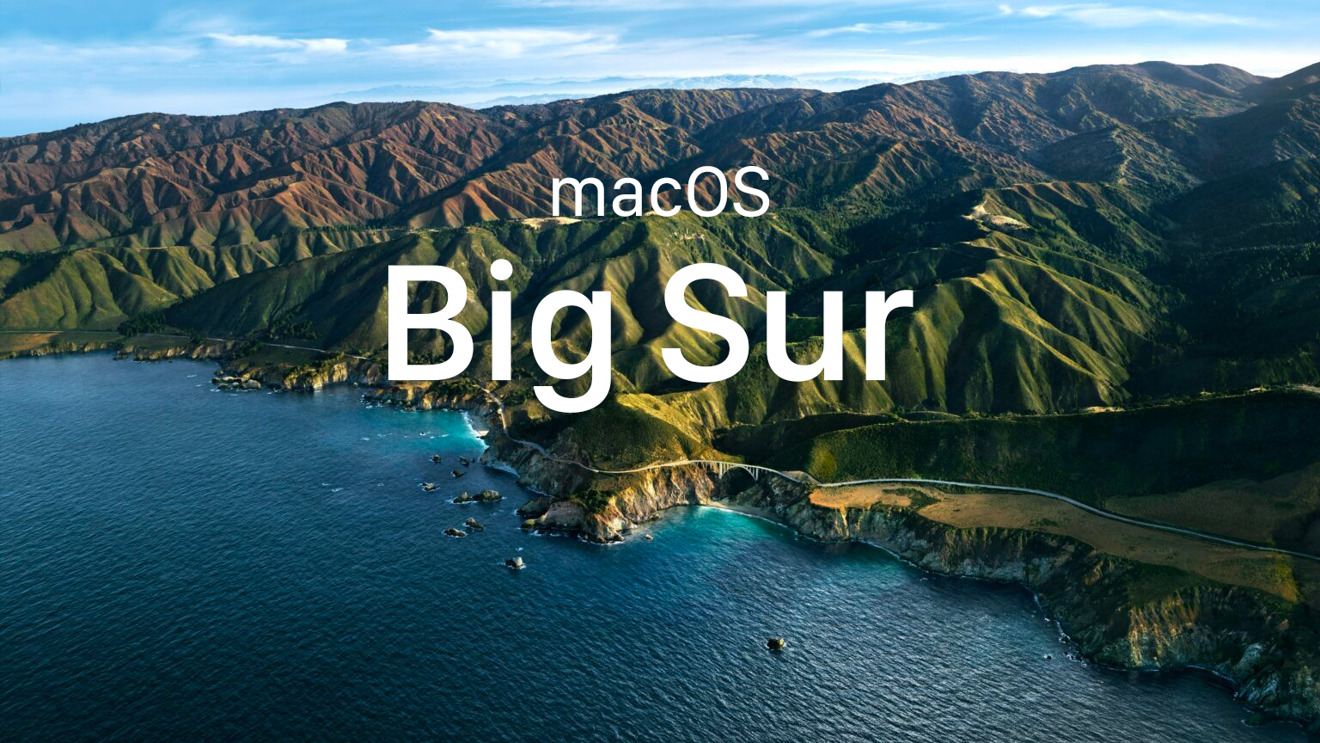
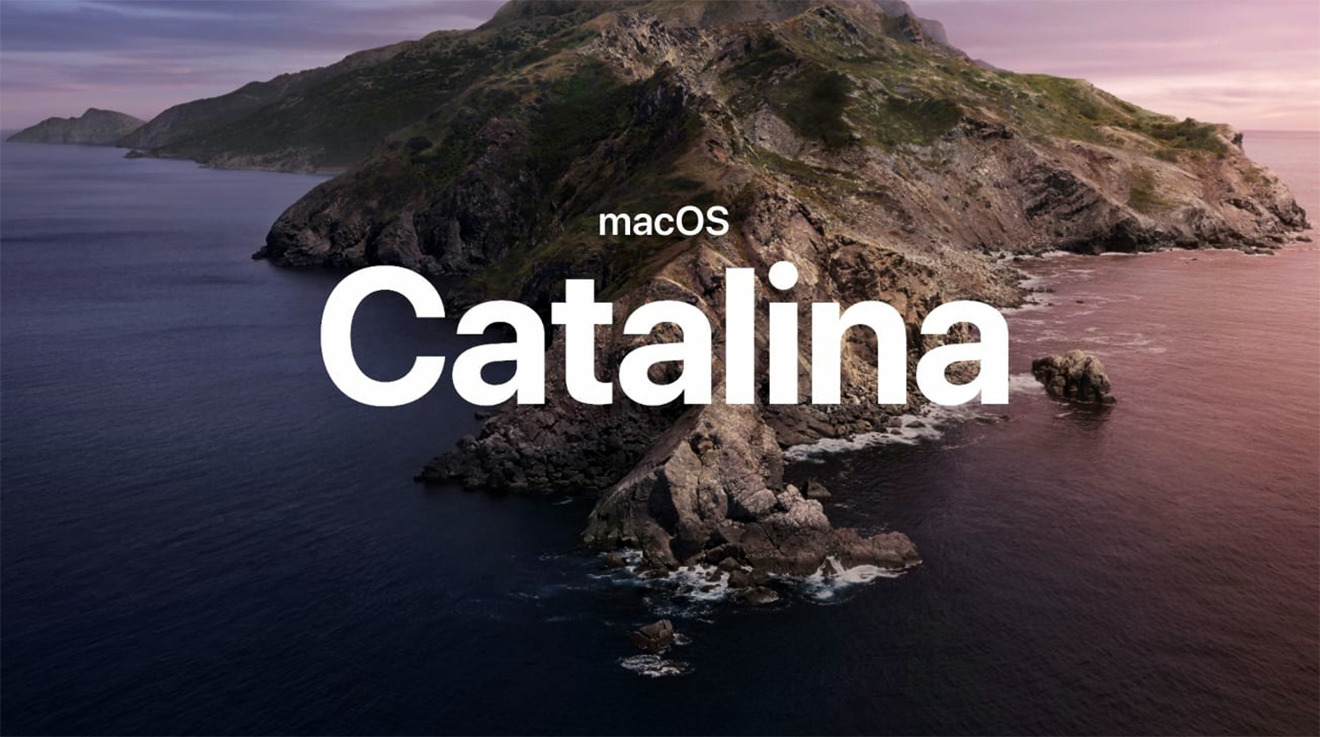
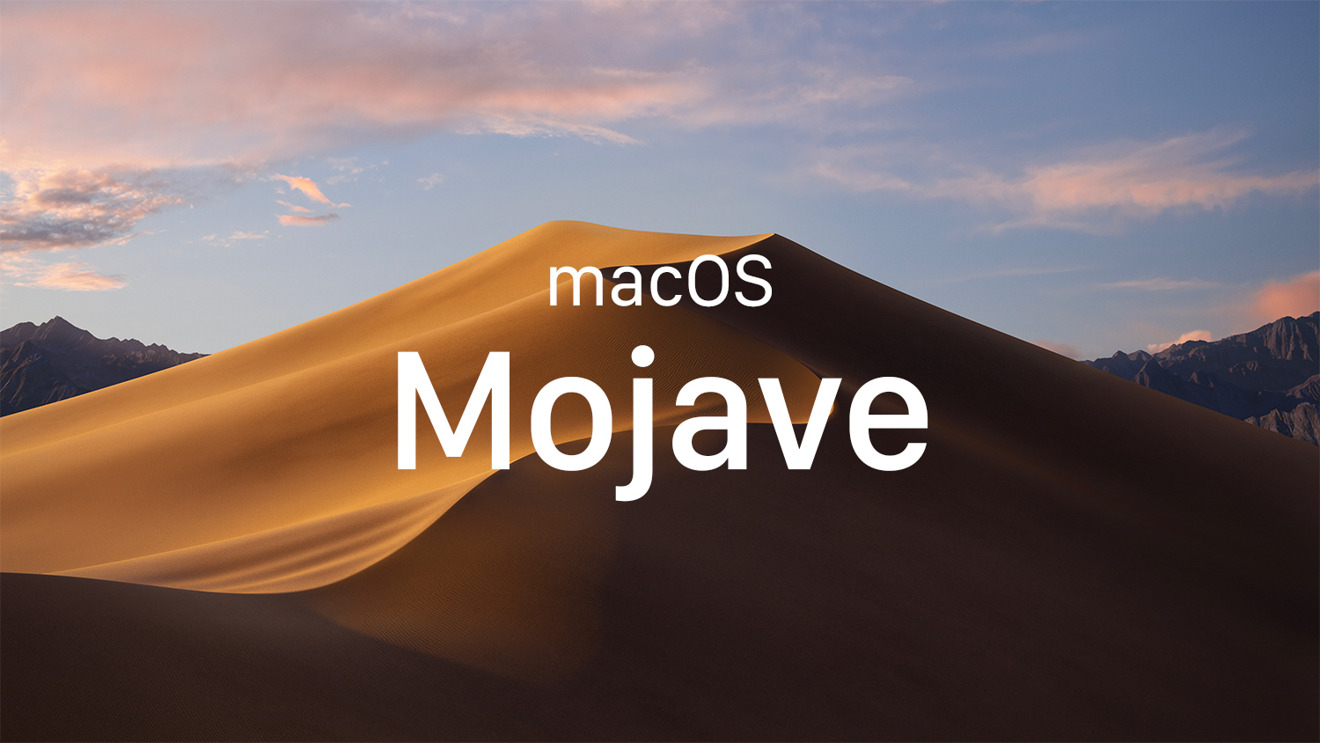
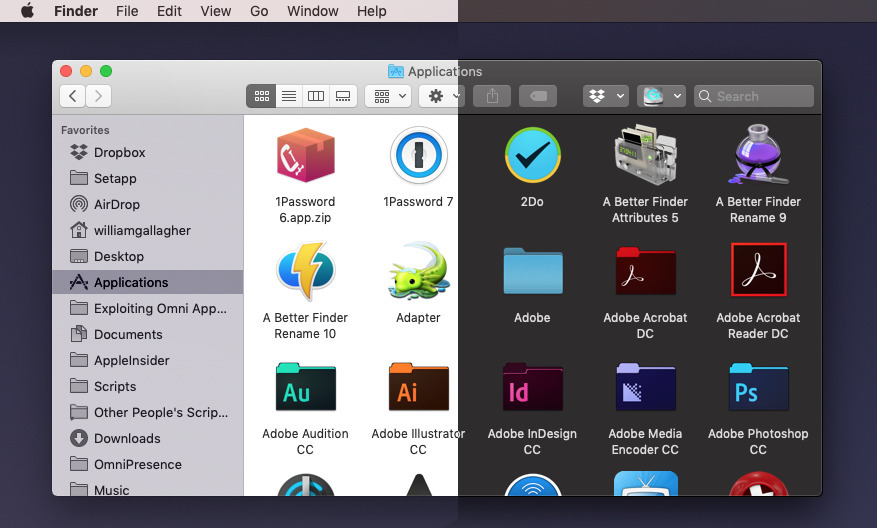
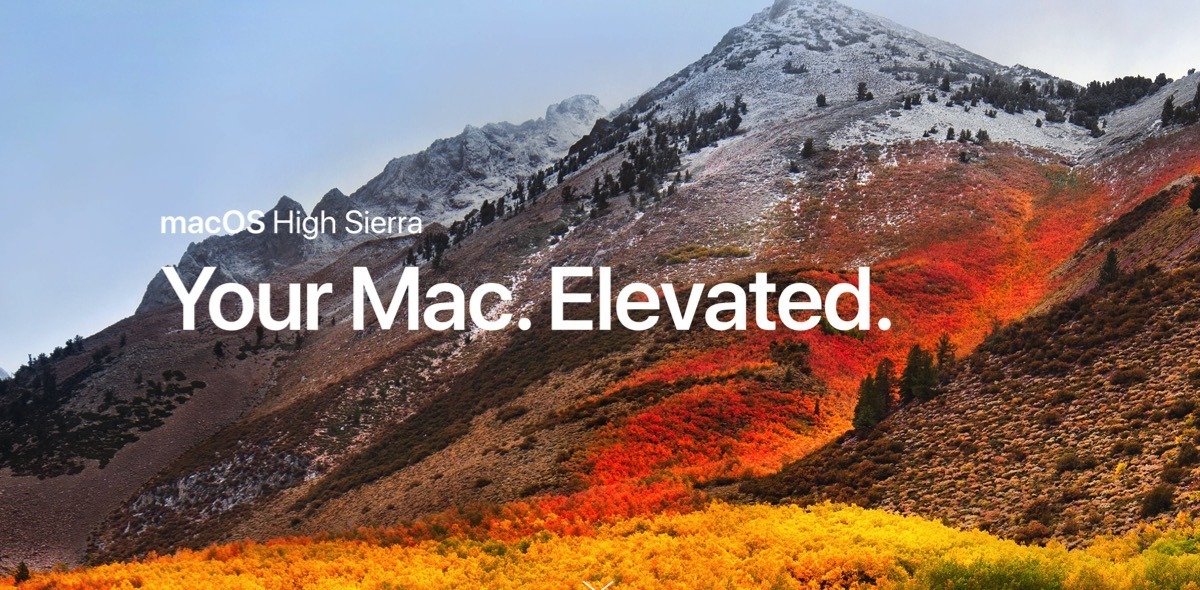
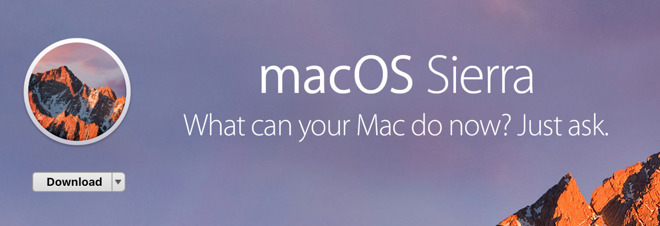
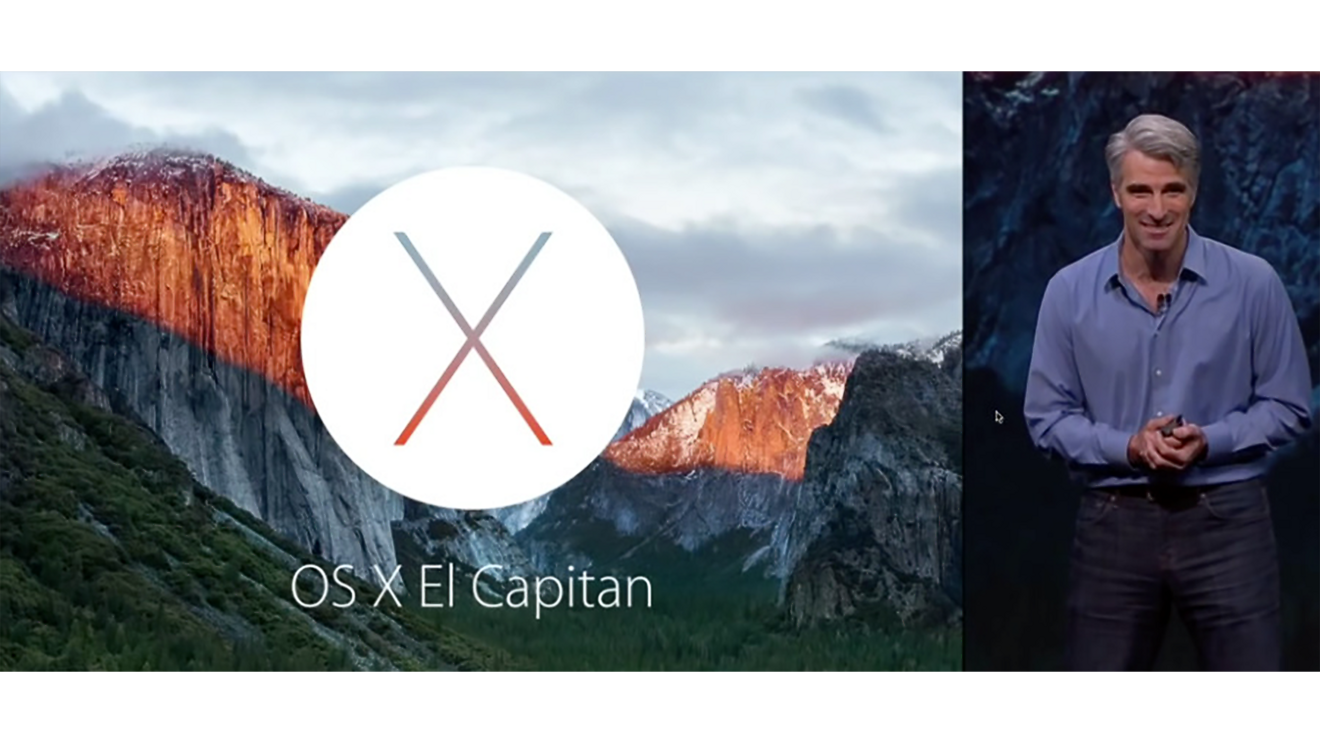
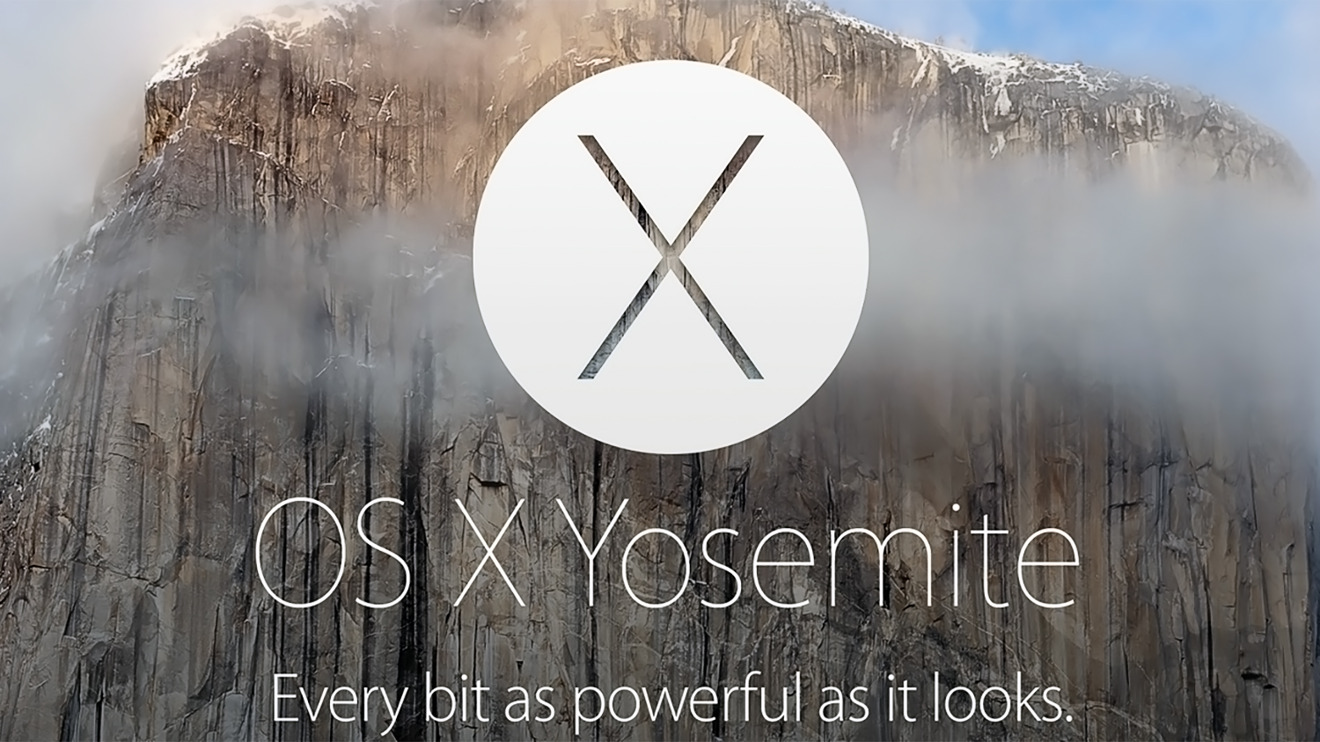
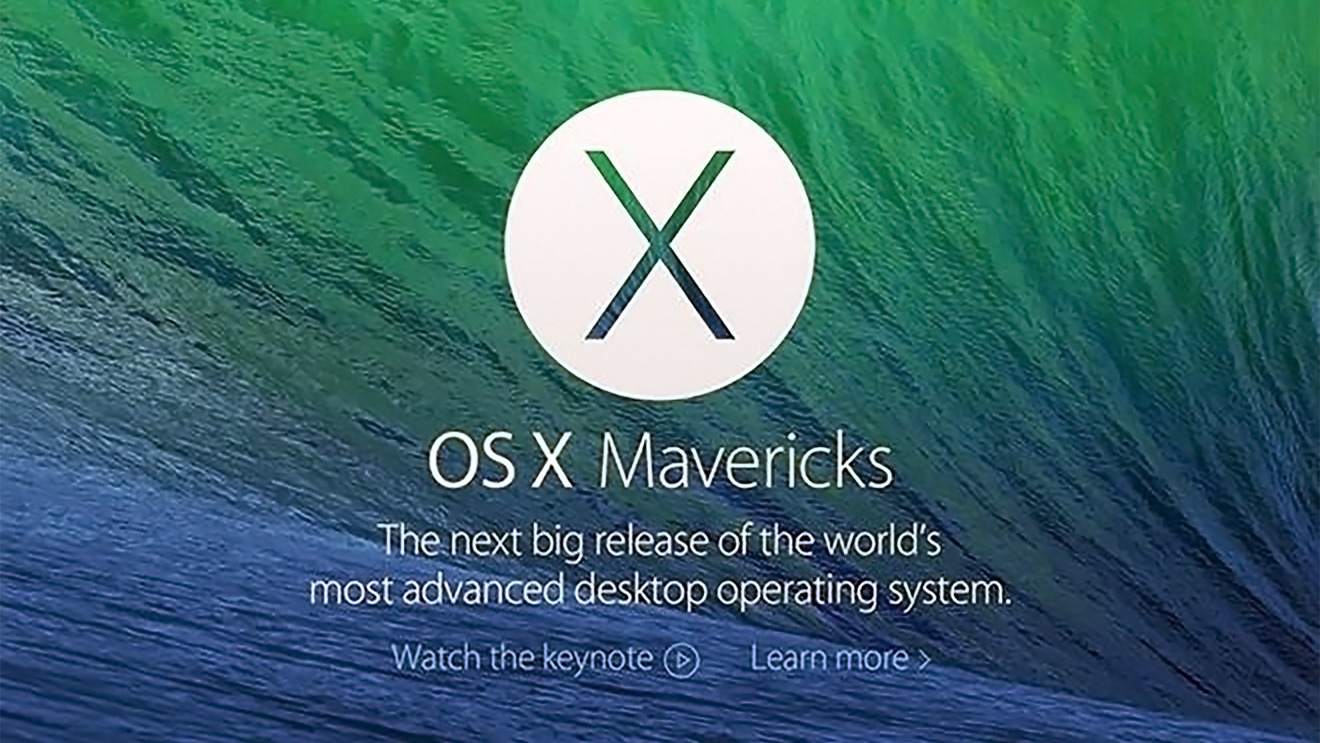

 William Gallagher
William Gallagher
 Marko Zivkovic
Marko Zivkovic

 Malcolm Owen
Malcolm Owen




 Chip Loder
Chip Loder
